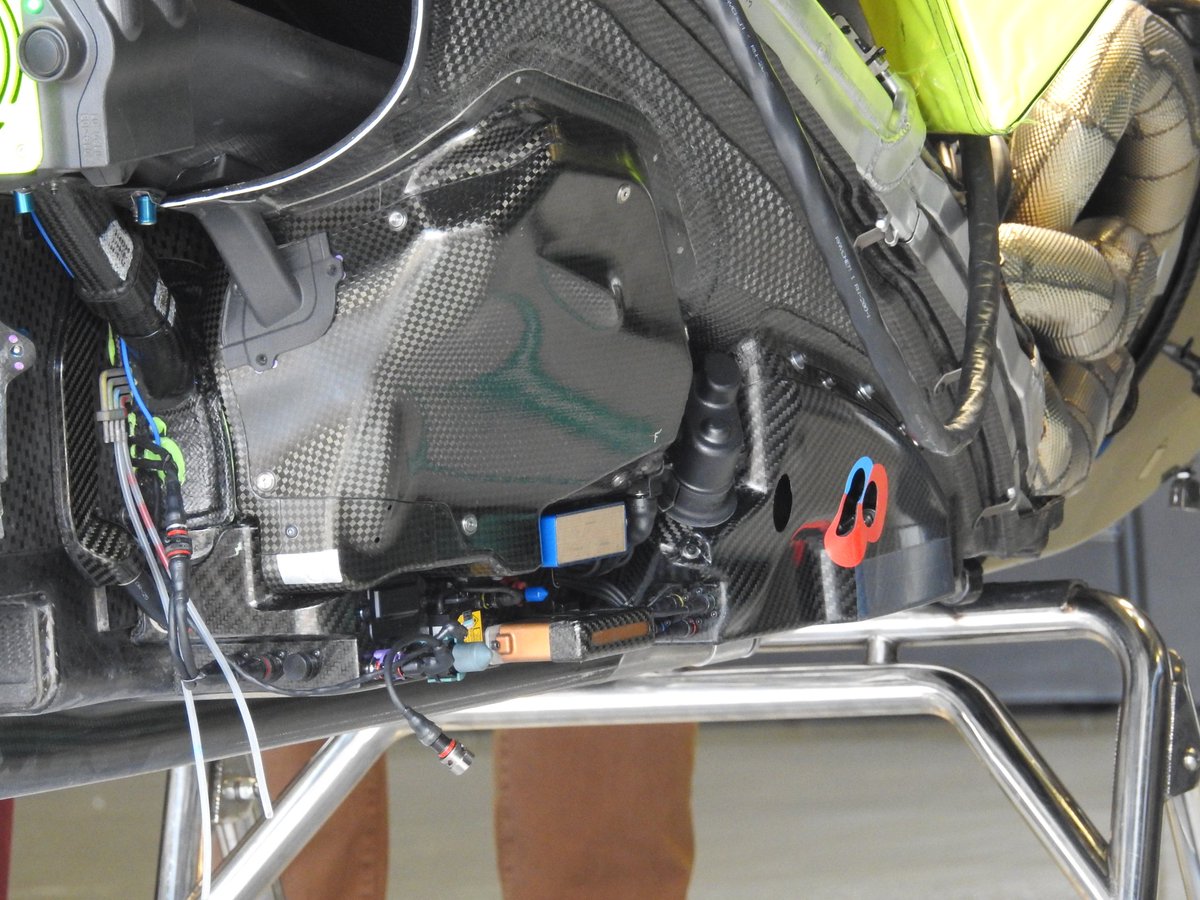Andy Cowell on 2020 engine
Andy Cowell wrote:“We have had to develop an even wider area of the PU. We have looked at every single system,” said Andy Cowell, Managing Director of Mercedes-AMG High Performance Powertrains. “We have worked on a huge array of projects, and when summed together they will hopefully help propel the car around the track quicker and give the aerodynamics team more opportunities to improve as well.”
In the six years since its introduction, the Mercedes PU has made significant progress not just in terms of power output and reliability, but also in terms of its efficiency. From 2014 to today, the thermal efficiency has improved from about 44 percent to over 50 percent. Thermal efficiency describes an engine’s ability to convert fuel energy into useful work. Achieving more than 50 percent means that that more than half of the energy in the fuel can be used to propel the car – making the current F1 Power Unit one of the most efficient internal combustion engines ever built. A typical road car engine would usually reach about 30 percent of thermal efficiency.
Trying to come up with new solutions to improve performance and reliability for the seventh year of stable regulations is not an easy thing to do – and the success of it depends to a large extent on the right mindset.
“There is no such thing as perfection, there is always the opportunity to improve and all of us have that mindset,” said Andy. “We’re always improving every detail - the materials, the hardware and ingredients, but also things like our design tools. You know there are areas where you can get better. Being self-critical and keeping an open mind is at the core of that mindset.”
Last year’s car struggled in hot ambient temperatures and team members in both Brackley and Brixworth have worked together to improve the cooling package for the W11. In addition to larger radiators in the car, the team has focused on making the cooling more efficient by proving out higher operating temperatures for the engine.
“We are putting significant effort into making sure that all the cooling fluids on the Power Unit operate at a higher temperature,” said Andy. “This increases the temperature difference between that coolant fluid and the ambient temperature that we are racing in, which increases the effectiveness of the cooling system. That’s a tough challenge though, because large parts of the engine are made from aluminium and the temperatures that we are operating at mean the material properties are decaying quite rapidly. Managing that over an eight-race distance Power Unit cycle is a tough engineering challenge but that’s what we are striving for. As Power Unit engineers we don’t just focus on crankshaft power, we also focus a tremendous amount on the packaging and reducing the overheads for the aerodynamicist, so that they can mainly focus on keeping the car planted through the corner.”
"A fool thinks himself to be wise, but a wise man knows himself to be a fool."~William Shakespeare



